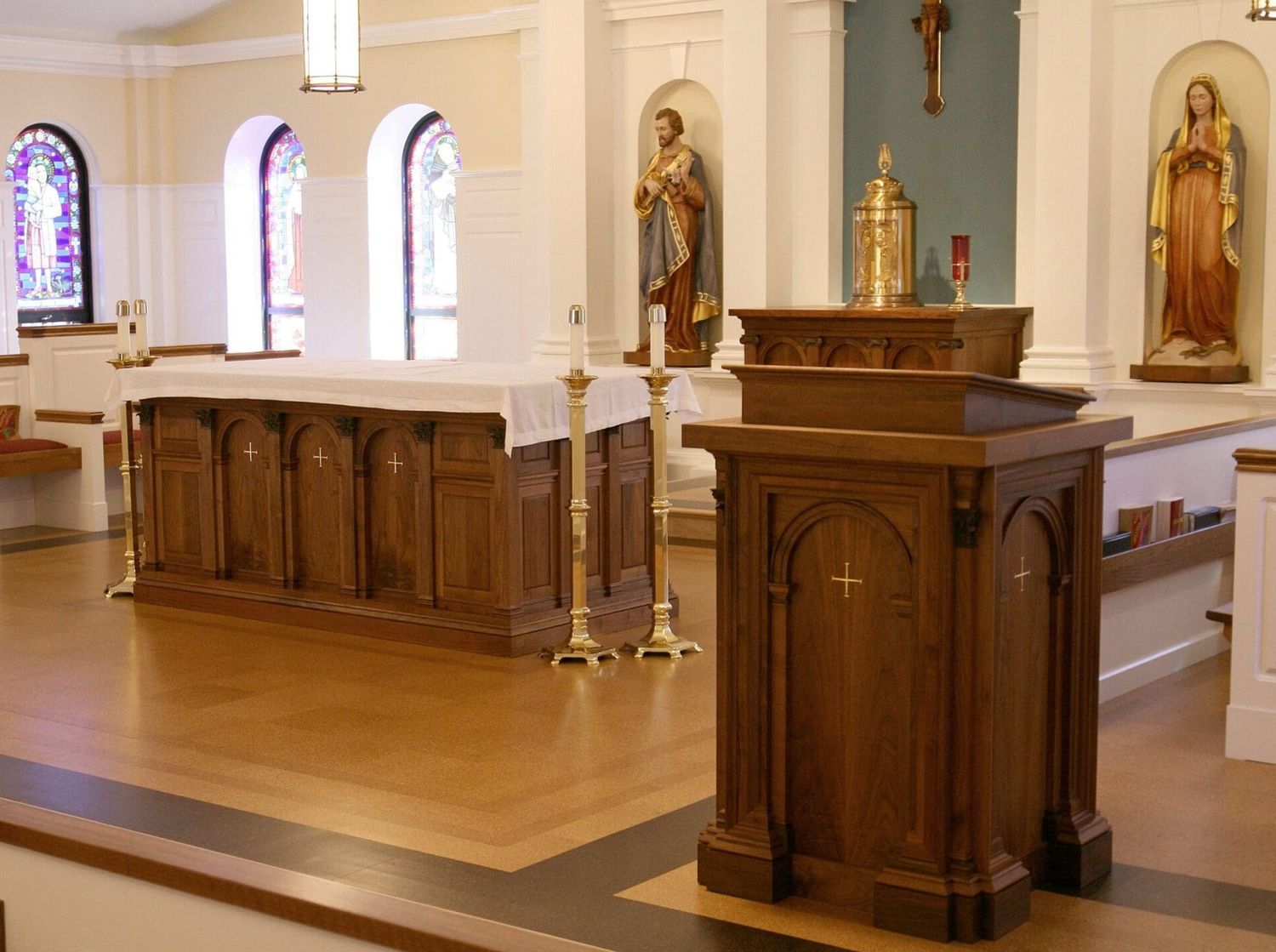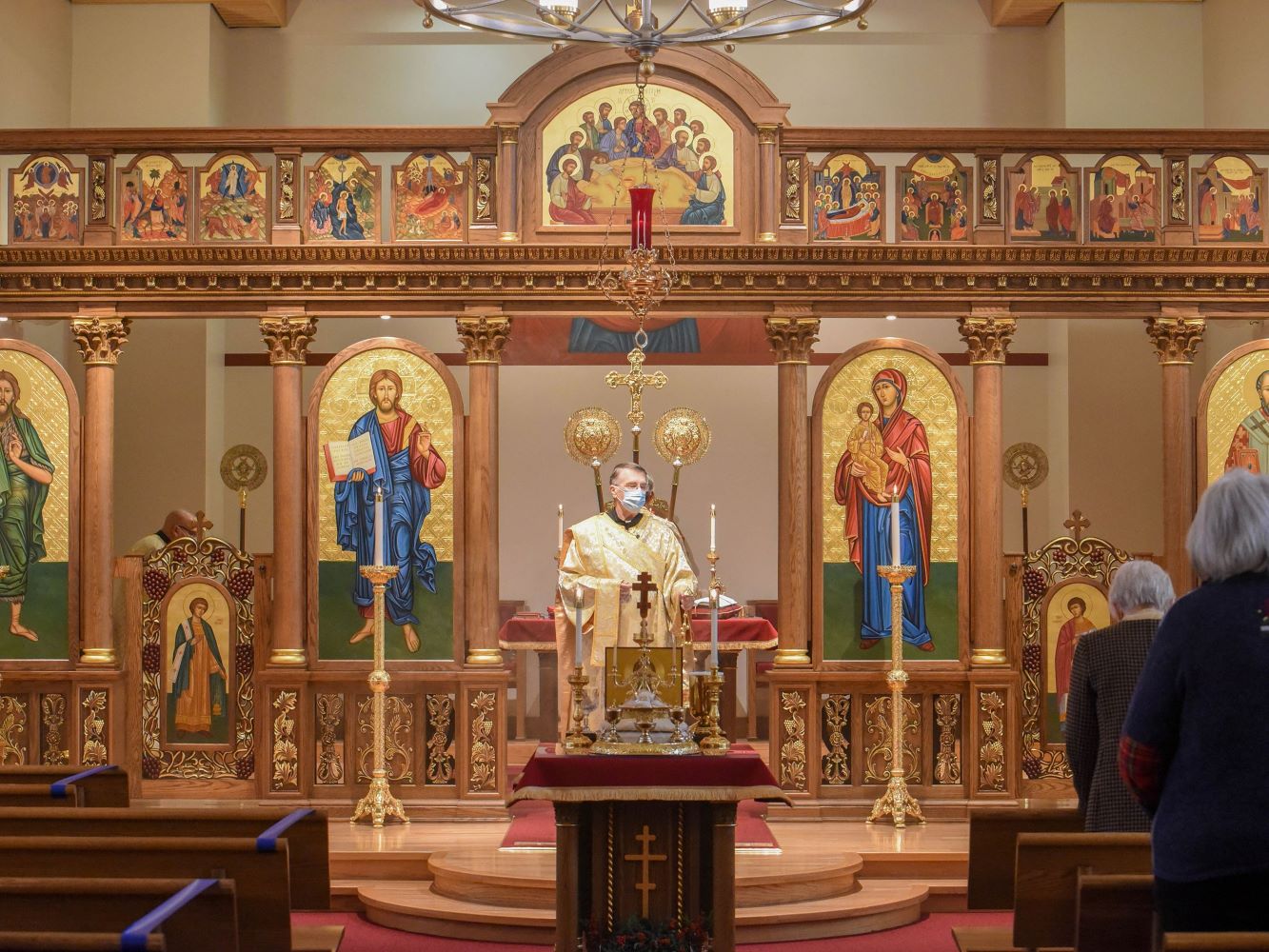
The Holy Office, also known as the Congregation for the Doctrine of the Faith (CDF), plays a crucial role in the Catholic Church. Established in 1542 by Pope Paul III, its primary mission is to defend church doctrine and address heresies. Over the centuries, it has evolved, but its core purpose remains the same. Did you know the Holy Office was once responsible for the infamous Inquisition? Today, it focuses on theological issues, safeguarding the faith, and ensuring that teachings align with church doctrine. Understanding the Holy Office's history and functions provides insight into how the Catholic Church maintains its theological integrity. Let's dive into 20 intriguing facts about this significant institution.
The Origin of the Holy Office
The Holy Office, also known as the Congregation for the Doctrine of the Faith (CDF), has a rich history. It played a crucial role in maintaining the doctrinal integrity of the Catholic Church.
- Established in 1542 by Pope Paul III, the Holy Office was initially called the Supreme Sacred Congregation of the Roman and Universal Inquisition.
- Its primary purpose was to combat heresy and ensure the purity of Catholic doctrine.
- The Holy Office was part of the Roman Curia, the administrative apparatus of the Holy See.
The Role of the Holy Office
The Holy Office's responsibilities have evolved over time. Initially focused on heresy, its scope expanded to include various doctrinal issues.
- It was responsible for the infamous trials of the Inquisition, including the trial of Galileo Galilei in 1633.
- The Holy Office issued the Index Librorum Prohibitorum, a list of prohibited books, to protect the faithful from harmful literature.
- In 1965, the Second Vatican Council reformed the Holy Office, renaming it the Congregation for the Doctrine of the Faith.
Key Figures in the Holy Office
Several notable figures have been associated with the Holy Office, shaping its direction and policies.
- Cardinal Robert Bellarmine, a prominent theologian, served as a consultant to the Holy Office in the late 16th and early 17th centuries.
- Pope Benedict XVI, before his papacy, was Prefect of the Congregation for the Doctrine of the Faith from 1981 to 2005.
- Cardinal Gerhard Müller served as Prefect from 2012 to 2017, emphasizing the importance of doctrinal clarity.
Controversies and Criticisms
The Holy Office has faced its share of controversies and criticisms throughout its history.
- The Inquisition's methods, including torture and execution, have been widely condemned.
- The trial of Galileo Galilei remains a significant blemish on the Holy Office's record.
- The Index Librorum Prohibitorum was criticized for stifling intellectual freedom and progress.
Modern Functions of the Holy Office
Today, the Congregation for the Doctrine of the Faith continues to play a vital role in the Catholic Church.
- It addresses issues related to faith and morals, providing guidance to bishops and theologians.
- The CDF investigates cases of sexual abuse within the Church, ensuring accountability and justice.
- It promotes dialogue with other religions and Christian denominations, fostering mutual understanding.
Interesting Facts About the Holy Office
Beyond its official duties, the Holy Office has some intriguing aspects worth noting.
- The Holy Office's archives contain a wealth of historical documents, including records of the Inquisition.
- The CDF's headquarters are located in the Palace of the Holy Office, near St. Peter's Basilica in Vatican City.
- The Prefect of the CDF is one of the most influential positions within the Roman Curia.
The Holy Office in Popular Culture
The Holy Office has been depicted in various forms of media, reflecting its historical significance.
- The Inquisition has been portrayed in numerous films, books, and television shows, often highlighting its darker aspects.
- Dan Brown's novel "Angels & Demons" features the Holy Office as a key element in its plot, showcasing its enduring intrigue.
Final Thoughts on the Holy Office
The Holy Office, also known as the Congregation for the Doctrine of the Faith, has a rich history. Established in 1542, it aimed to protect the Catholic Church from heresy. Over the centuries, it evolved, adapting to the changing needs of the Church. Today, it focuses on promoting and safeguarding doctrine on faith and morals. The Holy Office played a significant role during the Inquisition, a period marked by trials and punishments for heresy. Despite its controversial past, the Holy Office remains a crucial part of the Church's structure. Understanding its history helps us appreciate its current role in maintaining doctrinal integrity. The Holy Office's journey from its inception to its modern-day function highlights the Church's efforts to balance tradition with contemporary challenges.
Was this page helpful?
Our commitment to delivering trustworthy and engaging content is at the heart of what we do. Each fact on our site is contributed by real users like you, bringing a wealth of diverse insights and information. To ensure the highest standards of accuracy and reliability, our dedicated editors meticulously review each submission. This process guarantees that the facts we share are not only fascinating but also credible. Trust in our commitment to quality and authenticity as you explore and learn with us.


